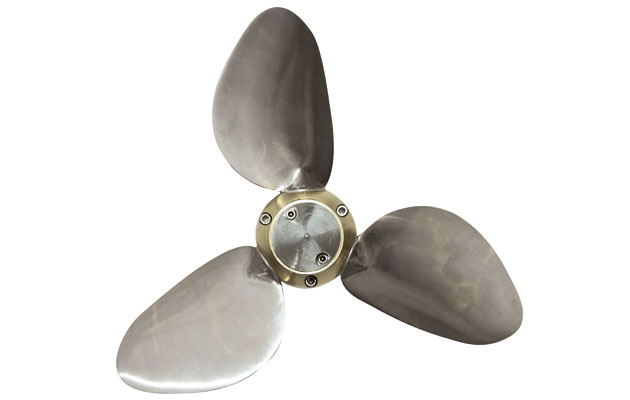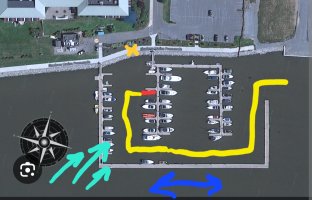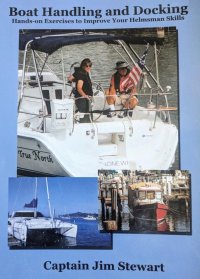First, I assume everyone else is smarter and more experienced than me but my friend is locked in a slip with similar woes, so I've been studying up on line handling for singlehanded docking and my *theory*, based on book/video learning, is something like this should work (ignoring the fear factor):
When trapped at the end of the fairway, using lines looped around dock cleats so they can be released and retrieved from the boat, set a line from an aft port cleat ahead to a dock cleat, and another line from a starboard midship cleat astern to another dock cleat.
Then put the boat in reverse to spring the bow off the dock.

The boat will rotate, bringing the bow out towards the fairway.
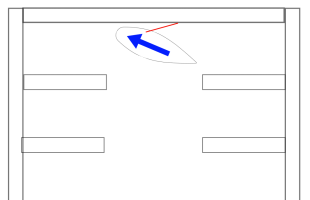
Put the boat in forward to move away from the dock and when the stern is clear, hold the starboard line to start the turn into the fairway.

Once the boat is pointed well enough down the fairway, release the starboard line and boogie.
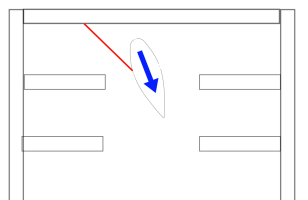
I would assume there would be a point where the wind coming up the fairway might require more power to overcome with the starboard line attached astern, so maybe an alternative would be to run a starboard line to the end of the first finger pier and pivot off that.
For that matter, if it's possible to run a line to that first finger pier, it might work to run it to a starboard bow cleat and pull or winch the bow out.
Obvious things to me would be:
- scary, lots of money to be lost banging around on yours and other people's boats if something goes wrong
- scary, lots of line handling for a singlehander, and just a little carelessness with multiple lines could put one around the prop
- wind and current could shift so not sure what the plan B would be, much less plan C or D
Still, what if conditions were such that you *had* to do it? In theory, wouldn't this work?
FWIW, I have been able to do just a little experimenting with my singlehanding dock line theories at our empty park marina and so far have only been marginally successful, tapping a piling once, scraping the dock a little once, and always having to adjust my lines in real time when my napkin geometry isn't close enough.
That said, I'm convinced that there should almost always be a way to control a boat with engine and spring lines when leaving a dock and I'll keep experimenting to find out. Should I abandon that concept?
OTOH, arriving is a whole nother matter...

